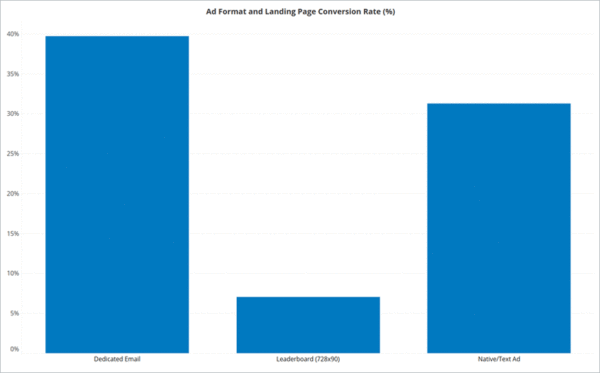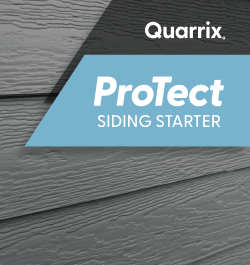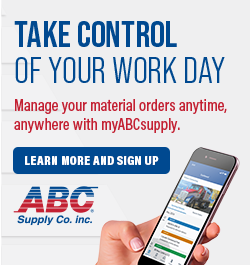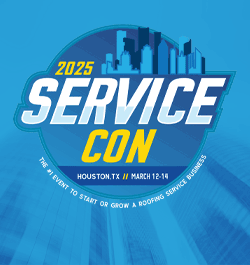How to Create a Landing Page that Converts

How to Create a Landing Page that Converts
By Nick Clark, SmartBrief.
In a recent survey conducted by DemandWave, 70% of marketers said their No. 1 digital marketing objective is to generate more or higher quality leads.
A successful lead-capture campaign requires a few key components working together: an enticing offer that is relevant to the audience being targeted; persuasive ad copy and effective creative to promote that offer; and an effective landing page to collect contact information from interested readers.
The last step, however, is often overlooked. Marketers devote huge amounts of time and resources to creating meticulously designed and researched white papers, e-books and case studies as well as dedicate significant ad budgets to promoting those assets, but they don’t always put the same emphasis on the most critical step in capturing leads.
In 2017, SmartBrief advertisers ran nearly 300 cost-per-lead or lead-capture campaigns, and those campaigns resulted in more than 53,000 form submissions with an average conversion rate of 33%.
We took a closer look at those campaigns and, specifically, the landing pages within each. Here are the main drivers of landing pages that convert:
Ad format
If your goal is to get readers to submit a landing page form, using text-based ad formats to generate traffic rather than standard banners is your best bet. Why? Text ads allow marketers to better communicate the value and relevance of their content before the click.
standard banners is your best bet. Why? Text ads allow marketers to better communicate the value and relevance of their content before the click.
In 2017, clicks on SmartBrief text ads converted at a rate more than four times higher than banner ad clicks. Dedicated emails performed even better, converting nearly 40% of clicks.
Landing page character count
 By the time your prospect makes it to the landing page, there’s a good chance they already know what to expect. If your ad copy effectively communicates the value of your offering, there’s little need to include a lengthy explanation on the landing page. Our review shows a clear correlation – the longer the copy, the lower the conversion rate.
By the time your prospect makes it to the landing page, there’s a good chance they already know what to expect. If your ad copy effectively communicates the value of your offering, there’s little need to include a lengthy explanation on the landing page. Our review shows a clear correlation – the longer the copy, the lower the conversion rate.
Number of form fields
How many form fields is too many? We get this question a lot. Though there is no single number likely to result in a clear drop-off in performance, pages with fewer fields generally have higher conversion rates.
In our analysis, landing pages with five or fewer form fields see conversion rates about 10% higher than those with six to eight fields. Pages with four or fewer, though limited in number, converted near 50% of clicks.
The form fields themselves
All form fields are not equal. In 2017, SmartBrief landing pages that did not ask the user to submit a phone number converted nearly 25% higher than those that did.
What factors typically won’t impact conversion?
Design/layout – SmartBrief offers several landing page formats, and while some include more images than others, landing page layout and design does not seem to significantly impact performance.
Industry – Are health care contacts more likely to download a white paper than readers in the finance, media or education industry? Not really. Conversion is pretty consistent across all verticals.
Asset type – Although downloadable assets (white papers, e-books, case studies, etc.) are generally more effective at getting readers to submit a form than webinar or demo offers, there isn’t one specific downloadable piece that converts better than the others.
Before starting your next campaign, consider:
What’s my goal? Banner ads are great for brand awareness but not strong performers for lead generation campaigns. If conversions are your goal, go for text ads in place of standard display ad formats.
Keeping it short and simple. Lengthy landing page copy is not likely to improve performance. In general, fewer characters lead to better conversion rates.
Working smarter, not harder, on design. Save time and resources when it comes to landing page design. Custom graphics and design likely will not impact performance.
If generating leads is one of your top objectives for 2018, remember to devote the same time and energy into your landing page, which can ultimately define your success.
Sign up for the RT3 SmartBrief to receive roofing industry news and helpful articles in your inbox each week.
Editor’s note: This article first published on SmartBrief.com and can be viewed here.
Nick Clarke is a director on SmartBrief's product team, with a focus on paid advertising. He's responsible for working with internal and external clients to optimize SmartBrief's advertising products and systems to meet the needs of our partners.






















Comments
Leave a Reply
Have an account? Login to leave a comment!
Sign In